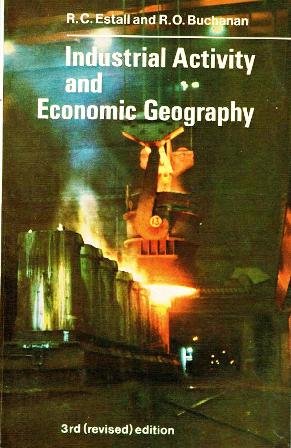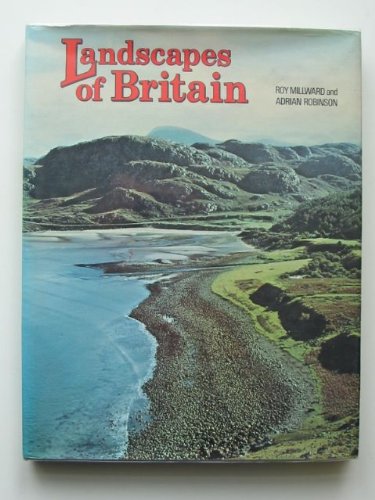Professor Robert Ogilvie Buchanan was an academic geographer, with a particular interest in economic geography, and with a connection to the London School of Economics (as did many Presidents).
There is also another link with the
RGS-IBG here in that he was a founding member of the
Institute of British Geographers, along with other GA Presidents L Dudley Stamp and Stanley Wooldridge among the committee of 10 that founded it.
He was known as 'R. O. B'.
He was born in
Otago, New Zealand.
This means he has a strong connection with another GA President to come - bonus points if you can name him in advance of his entry.
His father was a mariner, and his mother was Scottish. They were pioneer settlers of the NZ region, and he apparently travelled to school on horseback or by foot. He graduated in History and Economics rather than Geography - he had a lot in common with other GA Presidents in this respect.
He served during the First World War, in the Middle East, and on the Western Front, and was injured.
Immediately after the war, he became a teacher in Auckland. He moved to London, and studied at the LSE, graduating with a first. Following his degree, he got a job as a demonstrater with
C.B. Fawcett, a name which has cropped up several times on the blog.
A description by Hugh Counsell Prince:

He contributed a piece to the
'Geography' journal as long ago as 1931, with some 'grumbles' on how geographical ideas were being presented in some publications.
He also served in World War II.
His Presidential Address was on the theme of
'Agricultural Geography', and he reflected on the choice of an overarching theme for the conference.
As in previous years, the Address was delivered at the
LSE.

His interest in agriculture and industry was shown in several books which he authored and co-authored such as the one pictured here.
According to a piece in 'Geography' at the end of his Presidency, he had done a good job as GA President. He continued to be involved with the GA, for example, he contributed to a special
6th form Geography conference which was held in Bolton in February 1961, where he spoke to hundreds of 6th formers.

His obituary was written by
Michael Wise, another former GA President who will appear here in due course.
A book which also involved Wise is described below:
 References
References
Obituary:
https://www.jstor.org/stable/622281?seq=1#page_scan_tab_contents - written by Michael Wise (another GA President)
https://www.jstor.org/stable/622275?seq=1#page_scan_tab_contents
Buchanan, R. Ogilvie. “SOME GRUMBLES.” Geography, vol. 16, no. 4, 1931, pp. 308–310. JSTOR, www.jstor.org/stable/40559914.
“Front Matter.” Transactions and Papers (Institute of British Geographers), no. 24, 1957, pp. iv-vii. JSTOR, www.jstor.org/stable/621235
Briggs, K. “A Sixth-Form Geography Conference. A REPORT.” Geography, vol. 46, no. 3, 1961, pp. 254–256. JSTOR,
www.jstor.org/stable/40565272
Presidential Address: BUCHANAN, R. OGILVIE. “Some Reflections on Agricultural Geography: Address to The Geographical Association.” Geography, vol. 44, no. 1, 1959, pp. 1–13. JSTOR, www.jstor.org/stable/40564227.
Buchanan, R. Ogilvie. “A NOTE ON LABOUR REQUIREMENTS IN PLANTATION AGRICULTURE.” Geography, vol. 23, no. 3, 1938, pp. 156–164. JSTOR, www.jstor.org/stable/40560673
GARNETT, ALICE. “The Geographical Association: ANNUAL REPORT 1958.” Geography, vol. 44, no. 1, 1959, pp. 54–62. JSTOR, www.jstor.org/stable/40564237
Review of the book above
 If anyone has further information on this President, please get in touch.
Additional image:
If anyone has further information on this President, please get in touch.
Additional image:
Updated August 2023
References



















































